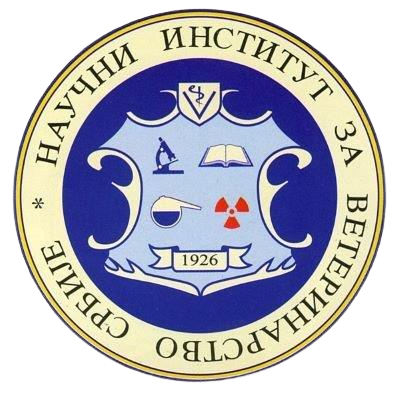| dc.description.abstract | Large strongyles are considered one of the most pathogenic parasites that can affect equines. Horses can be affected by three primary species of large strongyles, namely: Strongylus vulgaris, S. edentatus and S.equinus. S. vulgaris, also known as the bloodworm, is the most significant and detrimental large strongyle. The life cycle is direct. Eggs are passed in the faeces and the first-stage larva that hatches from each egg moults twice to the third, infective stage. Infection of horses is by ingestion of these larvae. Once ingested, S. vulgaris larvae penetrate the mucosal lining of the horse’s gastrointestinal tract, typically in the cecum or colon. They molt into fourth stage larvae (L4) in the submucosa, migrating into the small arteries. Subsequently, these larvae migrate into the cranial mesenteric artery and its branches, which are responsible for delivering oxygenated blood and nutrients to the intestines. In rare cases, the larvae can enter other vessels and spread throughout the horse’s body. Several months later, these larvae molt into fifth stage larvae (L5) and return to the gut wall where nodules form around the larvae. These nodules rupture releasing young adult parasites into the intestinal lumen. During examinations of the domestic mountain horse which are autochthonous breed, kept in a semi-free system the highest prevalence has infection with Strongylus edentatus we established at 41.53% horses. During our research, despite the high prevalence, the intensity of infections was low, so we had no recorded clinical cases of the disease. | sr |

